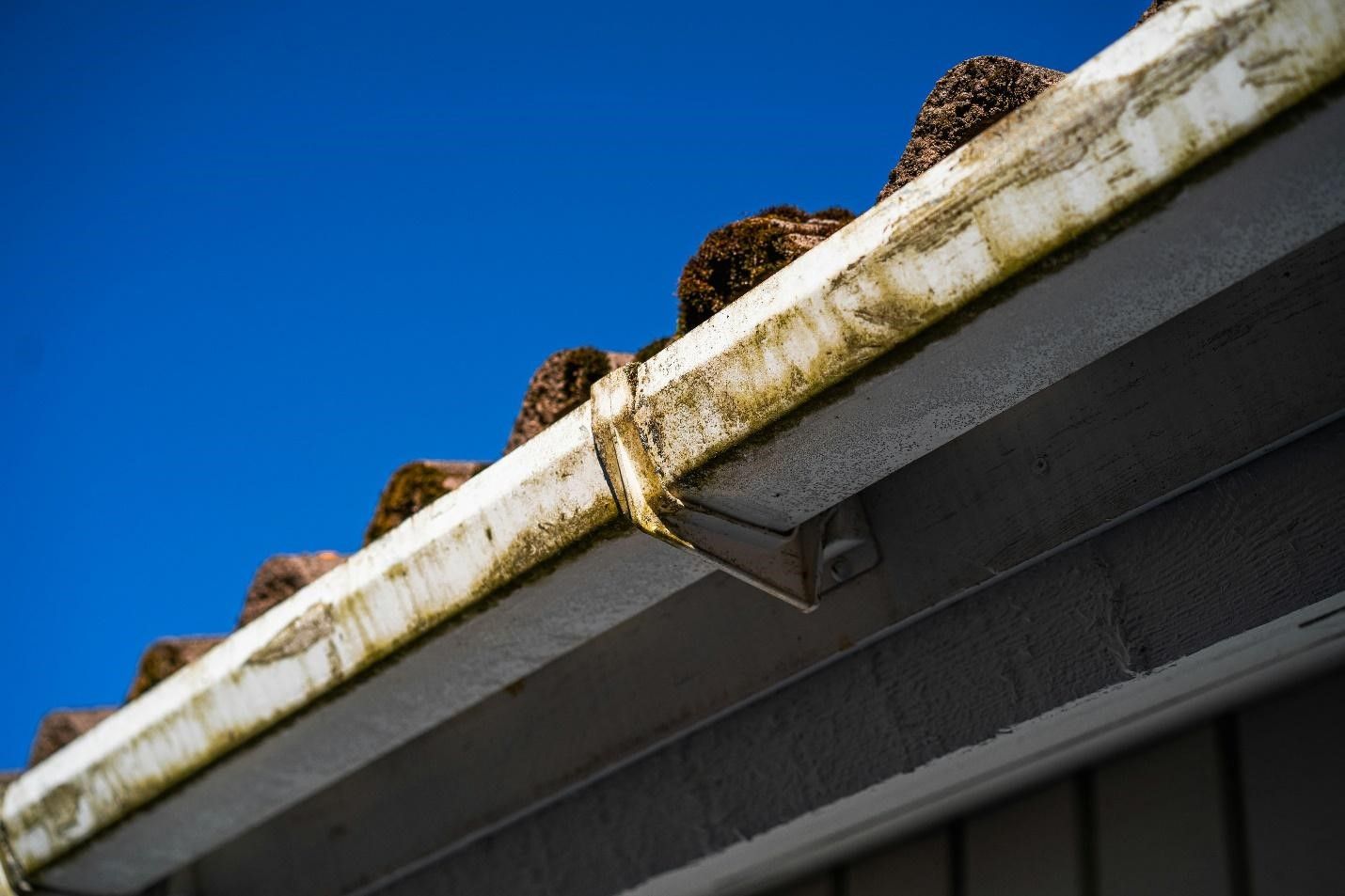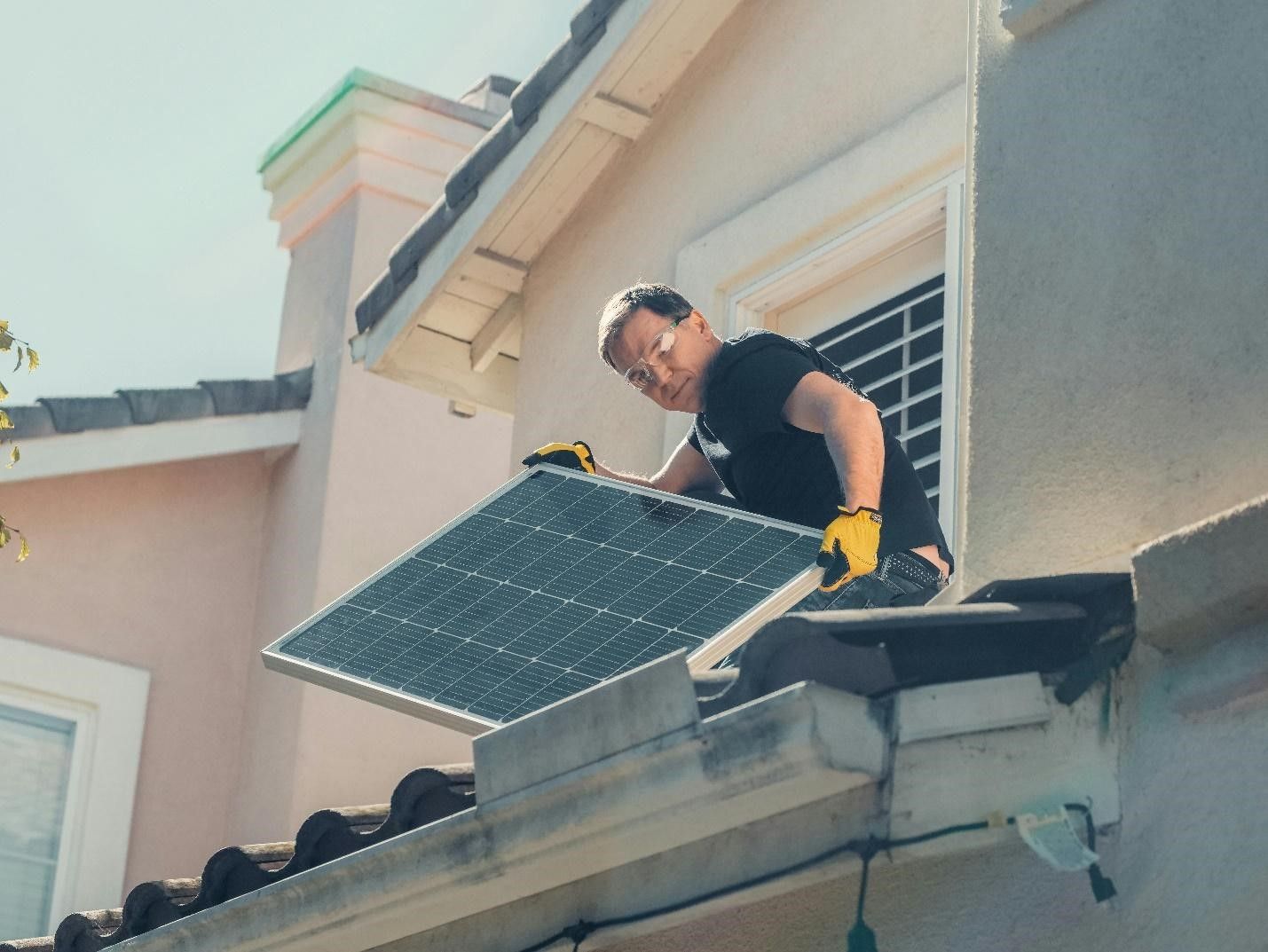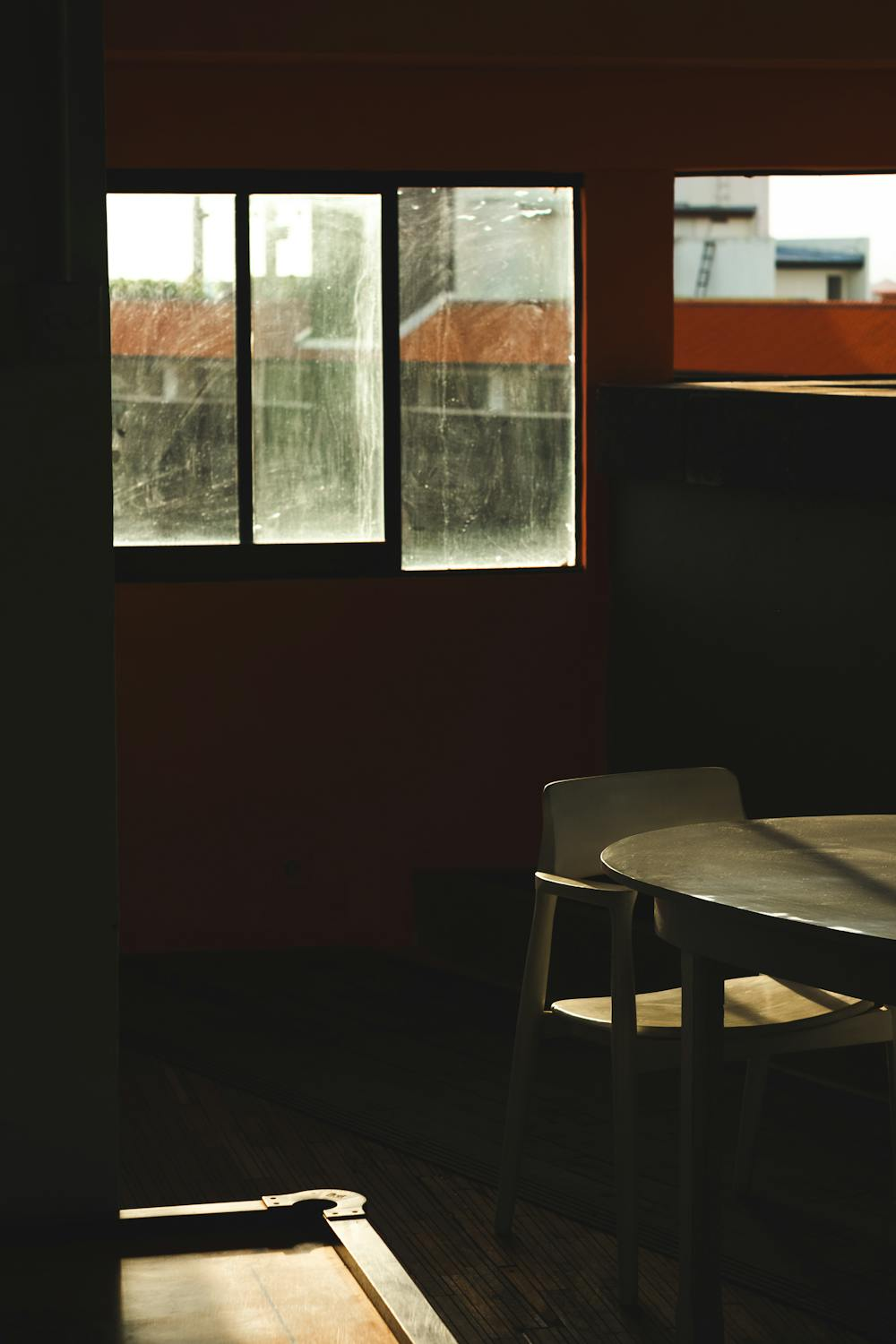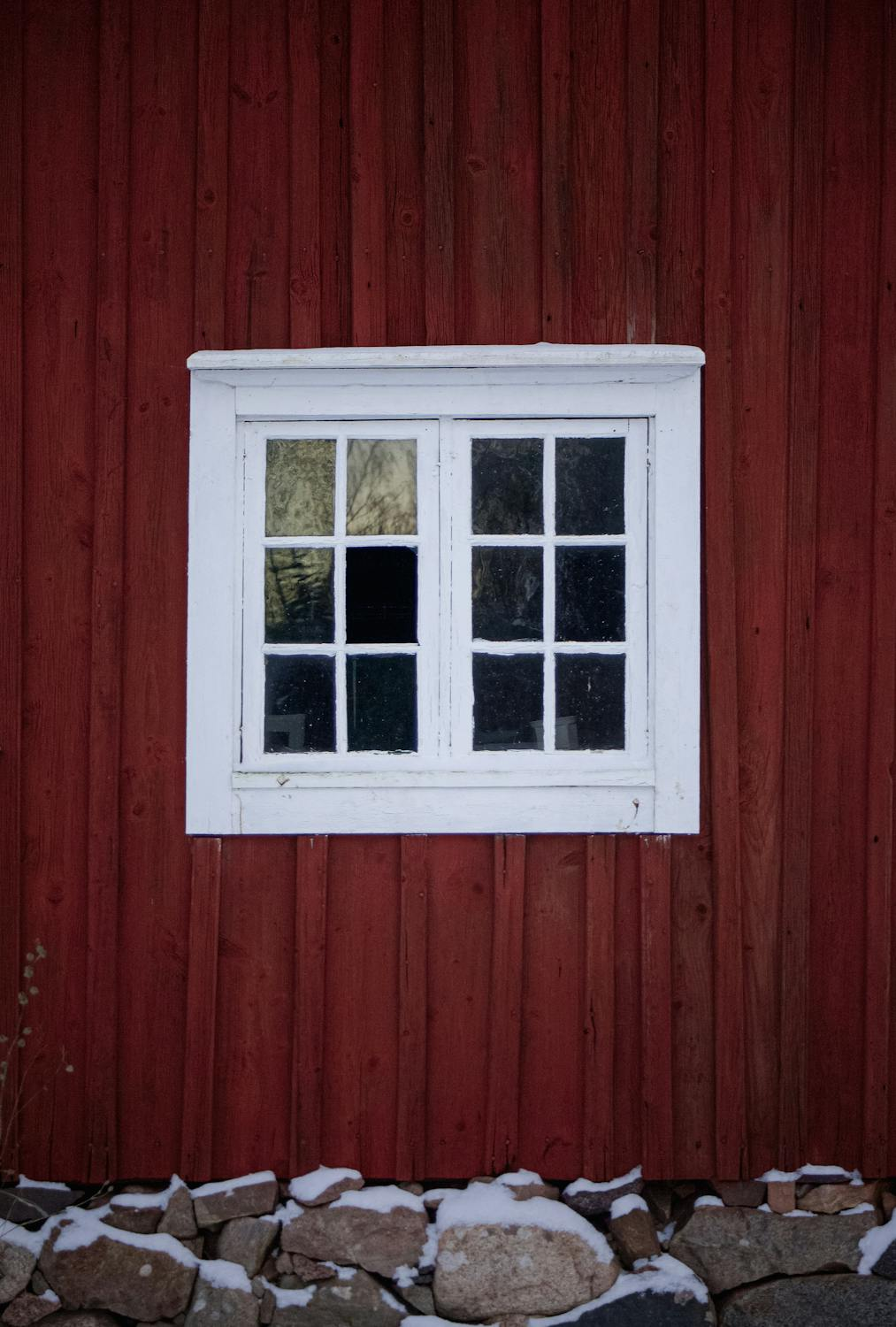How Soft Washing Extends the Lifespan of Exterior Surfaces
Think of your house like a classic car. You wouldn’t wash a vintage Mustang with a firehose. You’d use the right soap, a soft sponge, and some care, because you want it to look great and run longer. The same goes for your home’s exterior. While blasting away dirt with high-pressure water might seem efficient, it can quietly chip away at the structure’s health.
Soft washing is the detail work. This gentle, smart method will not only clean your exteriors but also protect them.
This article explores how soft washing keeps your property’s surfaces in top condition, helps delay expensive repairs, and adds serious value to long-term maintenance routines. We’ll examine the top soft washing benefits, the science behind it, and why it should be your go-to choice for exterior surface cleaning. Let’s take a look under the hood and see why this low-pressure approach goes a long way.
What Is Soft Washing?
Soft washing isn’t just “gentle power washing.” It’s a method that combines low-pressure water with cleaning agents that are specially formulated to break down algae, mildew, and grime. These biodegradable detergents seep into porous surfaces, neutralizing the source of microbial growth rather than just rinsing it off.
This method was originally developed for roofing materials like asphalt shingles. Shingles are individual overlapping roof coverings that can be easily damaged by pressure. However, it’s now widely used for stucco, wood siding, fences, painted brick, and outdoor furniture. Basically, anywhere the pressure could cause more harm than good.
Soft Washing Benefits Go Beyond Appearance
Sure, soft washing makes your home look cleaner, but it’s not just about aesthetics. One of the biggest soft washing benefits is the preventive protection it provides. Algae and mold don’t just stain your siding; they actually feed on it. On roofs, organisms like lichen can eat into shingles, lifting their edges and allowing water in. That moisture leads to rot, leaks, and higher utility bills.
By neutralizing these organisms early, soft washing stops the cycle before damage can occur. This is especially valuable in humid climates where microbial growth spreads fast and often returns after a rainy season. Moreover, one of the less obvious soft washing benefits is that it improves the health of residents or occupants by removing mold spores and bacteria that can lead to respiratory issues or allergic reactions.
Why Routine Exterior Surface Cleaning Pays Off
Property owners often overlook regular exterior surface cleaning, especially if dirt and grime build up slowly. However, consistent cleaning can prevent damage from environmental exposure, such as UV rays, acid rain, and biological growth.
Roofs, for example, are particularly vulnerable to algae known as Gloeocapsa Magma, which appear as black streaks. This organism feeds on shingles and shortens their life expectancy. Proper exterior surface cleaning through soft washing can remove these harmful contaminants and restore the appearance and performance of your roofing system.
On concrete and wooden decks, the accumulation of grime can lead to moisture retention, which accelerates rot or cracking. Soft washing these surfaces helps prevent long-term structural damage, keeping your property safe and attractive.
Regular exterior surface cleaning also contributes to increased property value. A clean exterior signals to potential buyers or tenants that the property has been well-maintained, potentially leading to a quicker sale and a higher offer.
How Soft Washing Prolongs the Lifespan of Exterior Surfaces
To see how soft washing helps, first look at what causes exterior surfaces to break down. Trapped moisture in these surfaces can even lead to pest problems.
Soft washing removes these contaminants using gentle water pressure and safe cleaners. Without that layer of grime, surfaces dry out properly. This keeps them strong and working the way they should. Clean surfaces are less likely to rot, warp, or wear out before their time.
For instance, wooden fencing can last over 20 years if kept free from moss and mildew. Soft washing removes biological growth without the force that could cause splintering or degradation.
Another example is your home’s siding. Mildew and algae can etch into materials, weakening the outer layer. A soft wash not only removes these intruders but also helps protect the siding from sun damage.
Comparing Soft Washing and Pressure Washing
While pressure washing might seem faster or more powerful, it’s not always the smarter choice. High-pressure water can force its way beneath siding or shingles, potentially causing internal water damage. It may also erode mortar from brick, strip paint, or damage delicate finishes.
In contrast, soft washing offers a more calculated approach. It relies on chemical science rather than brute force, allowing it to sanitize and cleanse surfaces thoroughly without risk.
From a maintenance perspective, soft washing is a more sustainable solution. It uses less water and can be performed less frequently due to its lasting results. This not only protects the lifespan of exterior surfaces but also supports environmental responsibility!
Ideal Areas for Soft Washing
Here are some common areas where soft washing is particularly effective:
- Roofs – Protect against algae, lichen, and moss without damaging shingles.
- Siding – Safe for vinyl, stucco, and painted surfaces.
- Fences – Preserve wood or vinyl fencing by preventing mold and mildew buildup.
- Decks and Patios – Maintain appearance and safety without splintering or erosion.
- Driveways and Walkways – Eliminate oil stains, algae, and dirt for cleaner surfaces.
Cost-Effectiveness of Soft Washing
Maintenance costs can add up over time, especially when surfaces degrade faster than they should. With regular soft washing, property owners can reduce the frequency of repairs or replacements. For example, replacing a roof can cost thousands of dollars, but regular soft washing can potentially delay that replacement by several years. The homeowners and property managers save money because they don’t have to spend it on repainting, resurfacing, or replacing siding and roofing components.
In the commercial realm, regular exterior surface cleaning through soft washing can help businesses project a clean, professional image while protecting their physical investments.
Environmental Benefits of Soft Washing
Soft washing is not only effective and safe but it’s also eco-friendly. Many of the detergents used in soft washing are biodegradable and designed to minimize harm to landscaping and waterways.
Pressure washing, especially when performed without proper water management, can wash pollutants directly into storm drains and local water systems. On the other hand, soft washing allows for better control of runoff and is generally safer for use near gardens, lawns, and other sensitive environments.
These environmental advantages add another layer to the long list of soft washing benefits. Responsible homeowners and business operators are increasingly choosing this method for its sustainability.
How Often Should You Soft Wash?
The frequency of soft washing depends on your local climate, surrounding vegetation, and building materials. In general, most residential properties benefit from soft washing once every 12–18 months. Roofs may only need soft washing every 2–3 years, while high-traffic areas like walkways or pool decks might need more frequent attention.
Instead of sticking to a rigid schedule, many pros recommend monitoring your surfaces seasonally. Discoloration, slippery decks, or moss growth are signs that your home is due for cleaning.
Partnering with Professionals for Better Results
Soft washing might sound simple, but it requires precision. DIY kits often fall short in both effectiveness and safety. Professionals not only use commercial-grade equipment and solutions, but they also understand surface compatibility and environmental regulations.
Hiring a pro can mean longer-lasting results, better protection of landscaping, and fewer headaches down the road. If your goal is to protect the lifespan of exterior surfaces, professional care often pays for itself.
Choosing a Qualified Soft Washing Provider
Not all cleaning services are created equal. Soft washing requires training, especially when mixing chemicals and adjusting nozzle settings. Look for companies certified through industry organizations.
Ask about product safety, warranties, and experience with your type of material. A good technician will explain what solutions they’re using and why.
Final Thoughts
Think of soft washing as preventive care, like brushing your teeth or changing the oil in your car. It is a small task that protects against bigger issues down the road. By clearing away harmful buildup before it causes lasting damage, soft washing helps your roof, siding, and walkways stay stronger for longer.
The bottom line? When you want effective exterior surface cleaning without the risk of damage, and with long-term rewards, soft washing is the method to trust. You’ll not only enjoy a cleaner property today but also enjoy the extended lifespan of exterior surfaces tomorrow.
Let’s just face it, grime never pays rent, so why let it stay?






